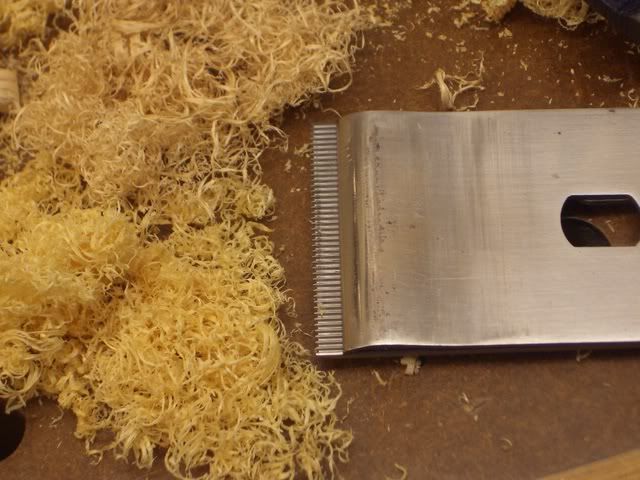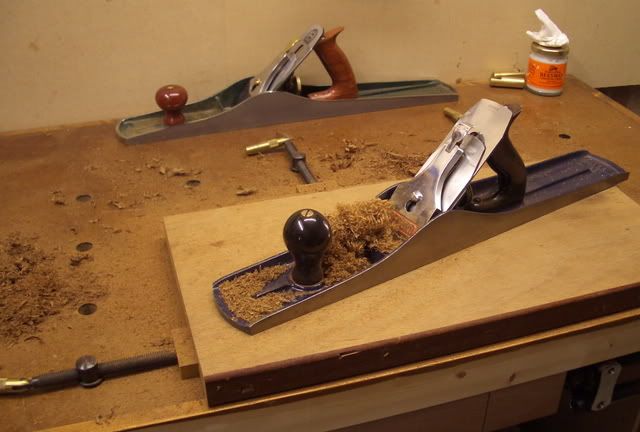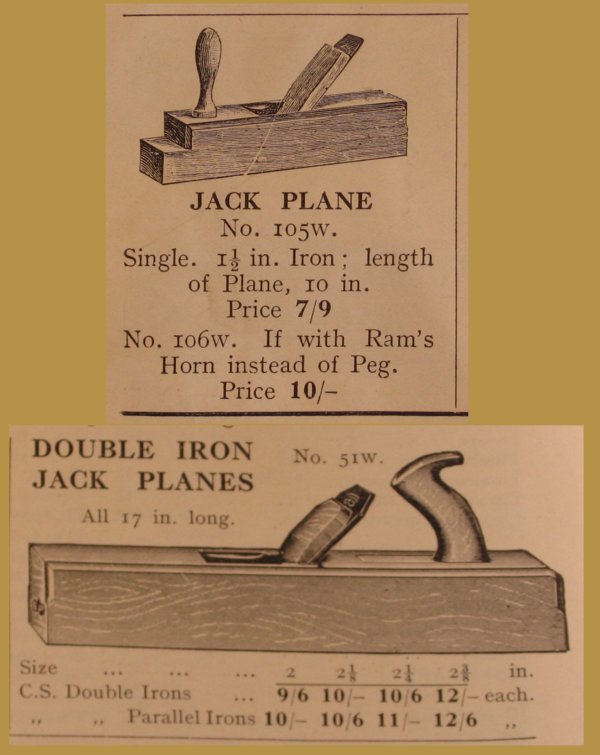Fromey
Established Member
I'm thinking of buying a scrub plane. Other than an old Stanley/Record, there seems to be only two options;
Veritas which comes in high carbon steel blade or A2 steel blade
or
ECE which comes in i don't know grade steel (probably high carbon)
The ECE is half the price, plus I'd like to own a wooden plane with a wedged blade, but my main concern is the quality of the blade.
Could someone give me some low-down on the quality of the ECE planes/blades?
Thanks in advance.
Veritas which comes in high carbon steel blade or A2 steel blade
or
ECE which comes in i don't know grade steel (probably high carbon)
The ECE is half the price, plus I'd like to own a wooden plane with a wedged blade, but my main concern is the quality of the blade.
Could someone give me some low-down on the quality of the ECE planes/blades?
Thanks in advance.



































